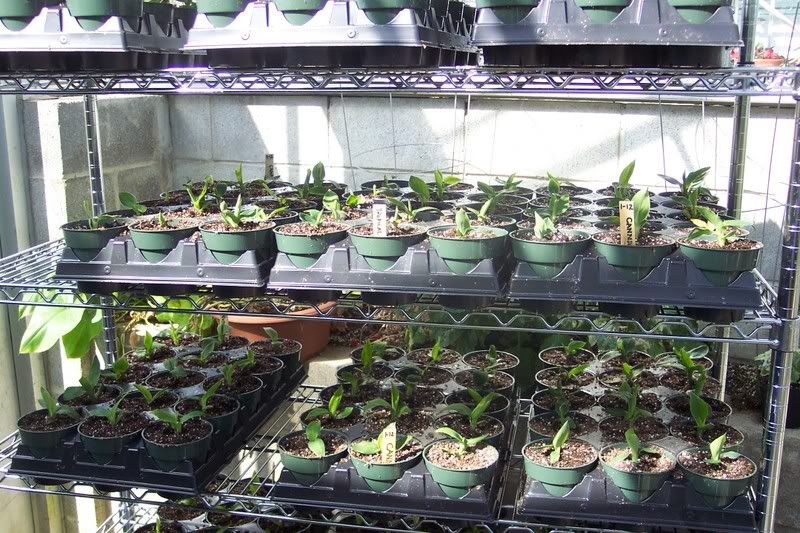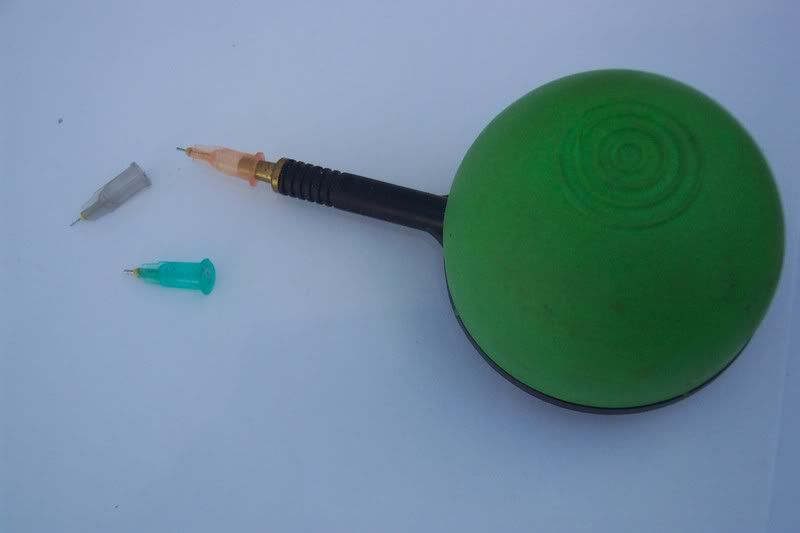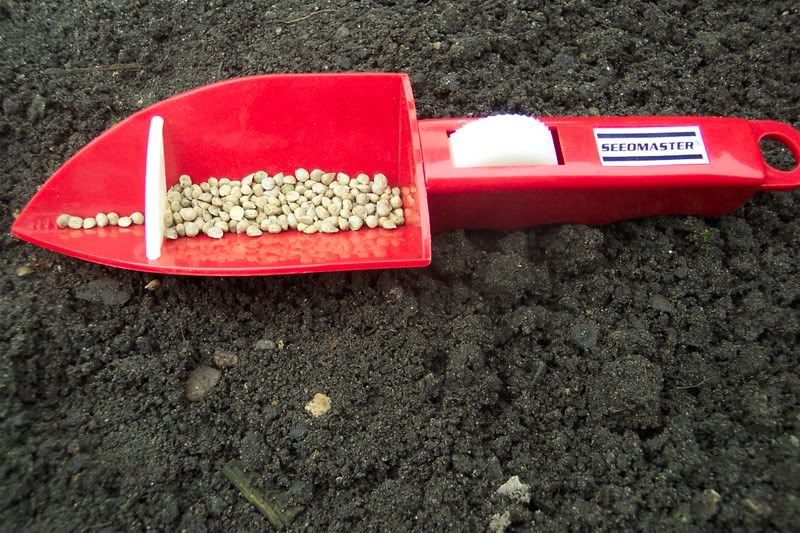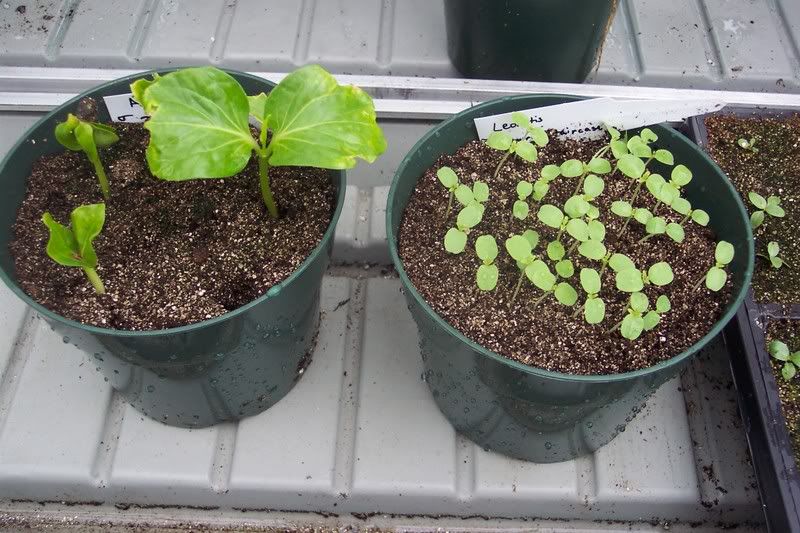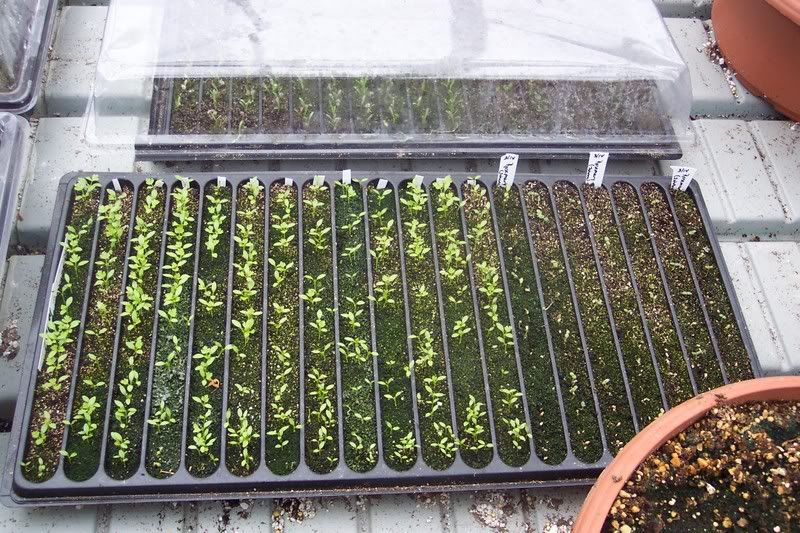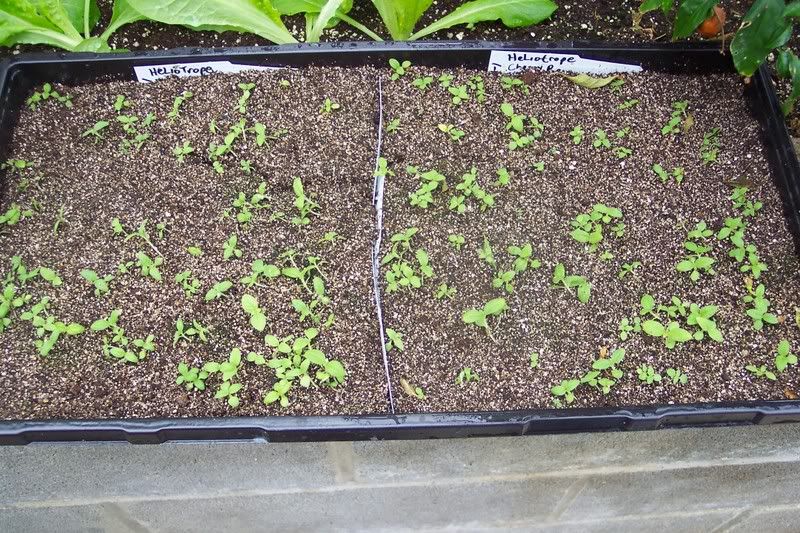The end of January signals the start of seeding for the new year. Not everyone has to or wants to start their plants from seed but we do for a lot of different crops.
This week is a good time to seed onions to grow your own transplants. Do worry if you haven’t ordered onion seeds yet, seeding for onions can go on until mid February.
Onion transplants are pretty east to grow and don’t require any special supplies except sterilized planting mix. Sterilized planting mix is an absolute must for starting seeds. Baby seedlings are very susceptible to fungus diseases that can wipe out your whole young crop overnight. Planting mix, sometimes called potting mix, can be found at any garden center and most hardware stores.
We usually use a greenhouse tray (or “flat”) to start seeds and can get 300-400 onion transplants or more out of a tray. You can use any other container as long as it has holes in the bottom for drainage.
I simply scatter the onion seeds randomly over the soil surface and then cover them with about a 1/4 inch of the planting mix. They land on the soil mix at a distance of about 1/8 to 1/4 inch apart. I don’t worry at all about trying to get them into rows, it’s not necessary. Here’s a guide as to how close they are sown:
Then I’ll gently water them in and place them in a warm spot to germinate (sprout).
Onion seedlings start to appear after several days. Move your planting container into a sunny spot if you haven’t already done so.
We start these so early in the season because it takes so long for then to reach a size which they can be transplanted into the garden.
Let your seedlings grow until spring, there’s no need to separate them or move them into bigger pots. They will grow in the container such that they resemble a “lawn” growing in the pot.
Fertilize them once a week with soluble plant fertilizer. Don’t let them dry out and don’t drown them either.
That’s about all there is to it.
You’ll be able to grow the varieties you like and not be at the mercy of someone else who decides which onions you have to grow.
My favorites are: Evergreen Hardy White, for green onions; Copra, for long term storing; Red Burgermaster, for burgers.
Bob

